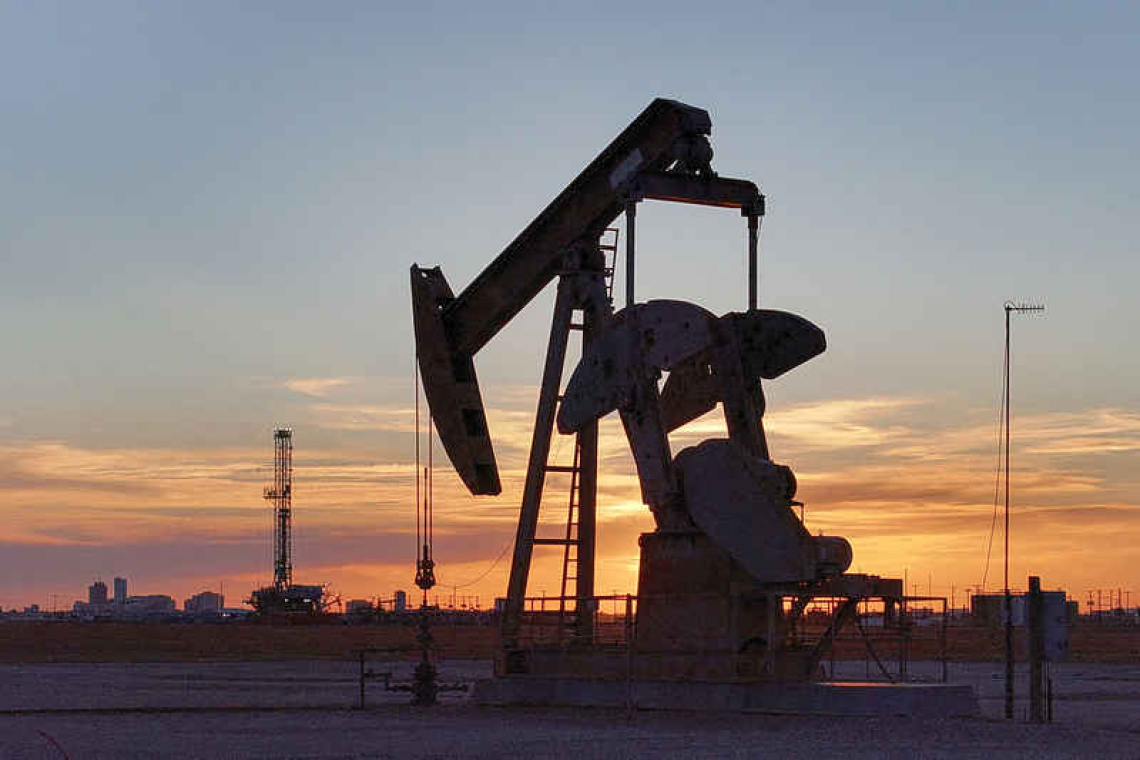MIDLAND, TEXAS--At the heart of the U.S. shale industry in Texas, oil production is climbing. But you wouldn't know that if you talked to Mark Waters, who owns a store that sells tools and safety equipment to oil firms.
His small business, Tie Specialties, in Odessa, Texas, saw a 25% drop in oilfield sales over the last four to six months. Shelves are stacked with hand tools like wrenches, augers for digging holes, shovels, and other power tools. Peg boards show off hard hats, gloves, and various colored overalls.
"This is my sixth boom-bust. So I've been around it. I'd call it a slowdown, but everybody that I've talked to says the future is not very bright for the next couple of years," said Waters, 65.
U.S. oil output has yet to register the full impact of the downturn. Waters and others who make their living around the oilfield are finding it more difficult to turn a profit as crude hovers around $60 a barrel, signaling bigger economic woes are on the way, Reuters interviews with 10 producers, service companies and residents around the Permian Basin show.
The largest U.S. oilfield has weathered previous downturns, but President Donald Trump's policies have added to the slide in per-barrel profitability of U.S. producers, already stifled by rising output from producer group Organization of the Petroleum Exporting Countries and its allies, as well as the biggest wave of consolidation in a generation.
Economies of oilfield-dependent towns such as Midland and Odessa in West Texas are starting to show cracks, with local business owners seeing lower footfalls and sales.Waters is now banking on demand for electrical equipment from the building boom strong in data centers to offset the hit on the oilfield services side. He also owns a generator repair business, which is seeing a bump in business as companies avoid spending on new equipment.
Evidence of the downturn is starting to appear in Midland's skyline, as idled 100-foot rigs fill stockyards. Service firms are liquidating equipment. Top producers, including Chevron and ConocoPhillips, have laid off workers. Nationally, oil and gas production employment has dropped by 4,000 from January to July this year, the latest data from the U.S. Bureau of Labor Statistics showed. Roughly 370,000 Texans worked in oil and gas at the start of the year.
While U.S. output touched a record 13.9 million barrels per day (bpd) this month, gains in the world's top producer are slowing. Improvements in efficiency and technology mean producers are eking more oil out of fewer wells. Some analysts expect output to drop this year or next, as a result of the spending cuts. Any output growth in the next couple of years will likely come from deepwater offshore fields rather than the shale patch.
The Permian rig count, a proxy for future output, has fallen by 52 to 252 at the end of October from a year earlier, the steepest decline since 2020, when COVID-19 slashed demand, data from energy analytics firm Enverus showed."We've had dialogue with the administration letting them know that oil prices in the low to mid $50s make returns increasingly difficult for investment. This will eventually make current production levels unsustainable," said Denzil West, CEO of Admiral Permian Resources, which produces about 25,000 bpd.
Inflation and some of Trump's trade tariffs have raised production costs for oil, which means oil companies need even higher prices to make money than they did in previous industry cycles. Drilling and completing a shale well costs about $10 million to $12 million, said Kirk Edwards, president of Texas-based producer Latigo Petroleum, 5% to 10% higher than last year.
“The economics are completely upside down from where they were just in January. It's more expensive to drill a well and you're getting 20% less for your oil,” Edwards said.
Companies need oil around $70 to maintain and grow production, executives said, but for over half the days since Trump became president, prices have settled under $65 a barrel as OPEC and its allies ramp up output and as demand concerns persist.West Texas Intermediate crude, the main U.S. benchmark used to price Permian Basin oil, was trading under $60 a barrel on Thursday. It is forecast to average $51.26 in 2026, the U.S. Energy Information Administration said this month.
Surge Energy, one of the largest private producers in the Midland basin, will keep drilling at current prices, but at a slower clip, said CEO Linhua Guan. The company, which has run three rigs since 2021, dropped one in July, cutting capex by high single digits.
Efficiency gains in the Permian, the largest U.S. oilfield and the engine of U.S. shale production, are getting harder to come by. Acreage with the best drilling economics is thinning, pushing producers into more expensive areas.
"Investment returns at $55 to $60 per barrel are not what they were at the same price five years ago because the best wells have been drilled," Admiral Permian's West said.
The company will evaluate necessary drilling, but potentially defer completing the wells if prices are in the $50 range. Return of investor equity will be the priority over increased capital deployment, West said.
The pain is also hitting the oilfield services sector. Last month, Superior Energy Auctioneers liquidated equipment from Cleveland Lease Services' contract well service division and Lone Star Directional Drilling. In one example, large trucks used to haul fracking trailers and equipment fetched about 30% less in August compared to April this year, a person familiar with the auction said.
"There are more rigs than work,” said Terrel Hardin, president at King Well Service, which supplies workover rigs for maintaining existing production. About two to three of the company's rigs were in use this year, versus four to five last year, he said.
“These prices don’t pay the bills, and then everyone pulls back,” Hardin said.
Top service provider SLB in October said it does not expect a significant near-term pickup in North American drilling. Rival Halliburton said it would idle equipment and cut costs. Both laid off staff this year.
Midland's unemployment rate rose by 0.5 percentage points to 3.6% in August, according to the U.S. Bureau of Labor Statistics, a level last seen in mid-2022 as the industry was recovering from the COVID-19 pandemic's demand shock. “We got people coming in every day looking for a job,” Tie Specialties’ Waters said.







